I am a big advocate of branding, and cannot express enough how important brand awareness is to your business.
However, this is a big obstacle to tackle, and if you’re looking to boost your brand awareness it can seem a little daunting and confusing at first.
But don’t worry.
Keep reading and I’ll show you what brand awareness is and how you can increase brand awareness for your business.
1. Define Brand Awareness and Why it is Important
In my mind, brand awareness has a quick and simple definition, but it’s important to clearly define this (and discuss with you team) as you set out to optimize your brand.
Here is my definition of brand awareness:
Brand awareness allows your customers to know exactly who you are, what you do, and how your product or service can be useful to them.
In other words, it’s about being found, clearly expressing what you do, and why others should care.
However, if you and your team members do not agree on exactly what brand awareness is it can cause some mismatched expectations and lead to an ineffective campaign from the start.
That’s why it’s best to sit down with your team and stakeholders to agree on a unified definition of what brand awareness means and what the specific goals are.
2. Set the Right Goals For your Content
If you’re looking to create content for your brand awareness campaign that will get loads of social media attention, lots of organic traffic, and generate sales while sporting a cheap price tag – you’re setting yourself up for failure.
Especially if you are relatively new to the game.
All of these things take time and it’s important to pick your battles, especially when starting out. You’ll likely only be able to achieve a couple goals at a time.
But that’s okay because they provide a great starting point for you to optimize other metrics and achieve other goals.
This is an iterative process.
Here are a few examples of goals for your brand awareness campaigns.
- Increase social media engagement by X% by MM/DD/YY
- Grow organic traffic by X% by MM/DD/YY
- Increase conversations with customers by X% by MM/DD/YY (e.g. product reviews, forum interactions, questions on social media.)
- Grow referral traffic by X% by MM/DD/YY
Appeal to a Large Audience – But the Right Audience
During your brand awareness campaign your content should be tailored to reach a large audience. This plays a large part in getting meaningful social media coverage (if that’s one way you are measuring brand awareness).
Your product or service won’t covered by media hubs or online influencers if your product or service isn’t relevant to them.
But it’s important to make sure you are appealing to the right audience. Creating a piece of content that will appeal to everyone will only net you a lot of social shares and less meaningful traffic.
For example, if you are a marketing consulting company who’s target audience is Fortune 100 CMO’s then a silly video of your cat (which appeals to millions) is unlikely to net you any results.
In contrast, an amazing whitepaper on marketing strategy is more likely to be picked up by many of those Fortune 100 CMO’s and get you some real results.
So it’s best to stay focused on content that will appeal to a large number of people within your niche and is still consistent with your brand.
An Analogy:
Instead of finding a bait that every fish in the ocean will like. Figure out what bait every fish in your pond will gobble up.
Choose Several Key Metrics
Trying to simultaneously optimize for every metric you can find will likely only bring you failure or mediocre results at best.
Quite simply, there is a give and take relationship between many of the pieces in this puzzle.
For example, writing very niche content and optimizing for long-tail keywords will probably get you great engagement numbers. Your bounce rate will decrease, you’ll see lots of time spent on those pages, maybe even lots of comments.
However, the total number of social shares may be low simply because your content is only relevant to a fewer number of people – there are less people to share and will care about the content. Overall traffic from that piece of content will be less as well, but very engaged.
Likewise, creating content for everyone can get you lots of traffic but won’t get you any of the engagement numbers you were looking for. Visitors will likely leave your site quickly, consume no additional content, and simply move along.
So especially when you’re first starting out, be sure to pick your battles and really think about what’s important for you to optimize or grow right now.
Which few goals will move the needle for your business?
3. Evaluate and Measure Social Media Engagement
A great way to see how well your brand is resonating with your readers is by measuring social media engagement with your audience.
One way to do this is to look at the level of reach your website currently has.
If you are spending hours of time crafting posts for your social media channels, you want to make certain that they are being seen by as many people as possible and the right people.
The best way to start is to try and think of some ways you can reach your target audience – which will largely depend on your niche.
For example, if your brand is in the custom jewelry niche, you may want to ramp up your presence on Pinterest or Instagram because they are highly visual platforms and have a large female audience.
It’s also important to look at the amount of followers you have on your social media accounts. Look at how many ‘likes’ or ‘shares’ you have on those channels to see which types of content your readers identify most with.
If you notice certain trends in which posts are performing better and resonating best with your audience – make it a priority to create similar posts and content.
You will eventually begin to notice greater social media engagement, especially if you are providing exactly what your followers want.
Tools to Help You Gauge Social Brand Awareness
If it can’t be grown, it can’t be measured.
Very simply, you need to take some baseline measurements of your social engagement to grow your brand awareness. Otherwise, you’ll have no clue if you’re doing better or worse.
Luckily there are plenty of tools and resources to help you do just that.
Klout
This is my favorite tool for a high-level perspective of your brand (personal or professional). It aggregates data from all major social accounts and based on its algorithm creates a Klout Score for you. This is essentially an aggregate metric of your social presence online.
There are many other components that the Klout SaaS platform has to offer, but I mostly care about the data and getting a nice birds eye view of my brand, and what social platforms are carrying the most weight.
And even which specific posts, tweets, or comments contribute most to my overall score.
Twitter Analytics
This is a not so well known tool that I find to be fairly powerful. There are a lot of insights to be gleaned from observing how others engage with your twitter account and what nets you the most reach.
You’ll even get nice metrics like engagement rates, follower analytics, favorites, and retweets. I also like to use the data export option to take a deeper dive into what’s going for my twitter account.
This is a nice addition to your toolbox for measuring and optimizing brand awareness.
Facebook Insights
This is very similar to Twitter Analytics and gives you a full report on how people are engaging with your pages and profiles.
The standard Insights interface can give you a nice high-level perspective of your social engagement metrics but for a deeper dive I recommend exporting the data into Excel for futher analysis.
How Sociable
This is a nifty tool that gives you a high-level summary of your social profiles and how they resonate with users online.
TweetReach
This Twitter-specific tool can give you some great insights into how users are engaging with your Twitter account. It’s not as robust as Twitter analytics, but a useful tool to add to your collection.
4. Analyze Your Website Metrics
Next, you’re going to want to see specific engagement metrics for your website itself. This can be accomplished by analyzing the plethora of free analytics data available to you largely by Google.
If you haven’t already done so, you need to use an analytics program (such as Google Analytics, or maybe even KISSMetrics) to ensure that you are getting key performance indicators.
Be sure to check out our guide on Google Analytics.
These indicators will measure your site’s overall performance. They can also tell you how well your brand is performing.
Number of Unique Visitors
At its most basic level you can assess brand awareness by the sheer number of unique visitors that are coming to your site.
This may not tell you much about their experience on your site but it at least tells you that there are open channels to your brand that people are willing to go through.
A high (or growing) number of unique visitors means that at the very least people know who you are or are willing to find out.
Time on Site
Another key performance indicator you need to look at is the amount of time that people spend on your website.
It is great to increase your number of visitors, but your brand is going to suffer if those visitors are leaving your site after a few minutes. Make sure you are including content in all areas of your site that will continually draw people in.
As your readers begin to dig deeper into your site they will learn more about what you offer, your product line, and the benefits of the service you provide.
Bounce Rate
Average bounce rates will vary by industry and type of website so you should definitely check out the benchmarks here.
Overall, this is a good way to see if your content is relevant to those visiting your site.
In the context of branding, a higher bounce rate means visitors are leaving your site without going on to view other pages. This could mean that your content is bad or that your content just isn’t reaching the right people.
Either way, someone who visits one page of your site then leaves is unlikely to share such content or spread your brand. Furthermore, they likely don’t know much more about your brand or what it is you do (what services or products you offer)
In this case, a high bounce rate means that you are missing an opportunity for brand awareness by not effectively communicating what it is you do, why you are better, or why others should care.
In contrast, a low bounce rate means that visitors are engaging with your content the navigating through other parts of your website to find more information about your brand, why you are different, and what products/services you offer. These visitors are more likely to distribute your content and boost your brand awareness.
Pages Per Session
This is related to bounce rate in that it indicates that visitors are exploring other parts of your website.
On their own, bounce rate and pages per session don’t give you that much information on how visitors are engaging with your site. But combined they help paint a better and larger picture of what’s going on.
If you’re seeing high pages per session numbers that’s a good thing, and means that visitors are engaged with your brand, consuming your content and learning the 3 crucial elements to branding – who you are, what you do, and why you’re different.
Referrers
Taking a look at your referral sources can be very important information in the context of branding.
You may find that specific blogs or websites are driving the majority of your referral traffic. At this point, you should evaluate if this is in line with your branding goals.
Are those the type of websites you’d like to associate with?
Is the community surrounding the referral websites a good fit for your brand as well? Can you tap into that somehow?
What do the referral sites say about your brand?
You also get an opportunity to see which medium is the best channel of distribution for your content and thereby your brand. This is something you can take advantage of and grow.
Are you getting most referrals from blogs or social platforms like Facebook?
Do you have more brand awareness via social platforms or through community blogs?
5. Evaluate The Level Of Interaction With Visitors
Once you know what it is that your visitors are looking for when they come to your website and have created specific content to meet their expectations, you then need to evaluate how often they are interacting with that content.
This is especially useful if you have included videos, email list subscriptions, or free downloads in your content strategy.
Take a look at the number of how many views, subscriptions, and downloads you are getting each month. Make a goal to increase that number each month. The more views your brand attracts, the higher your brand and product awareness will eventually become.
6. Make Sure Your Brand Awareness Campaigns are Revenue Focused
It’s easy to think that by only improving your agreed upon metrics you will be successful. However, that’s only true to a certain degree.
It’s just as important to take this time to get a 30,000 foot perspective and ask this question:
Is my increased brand awareness making a positive impact on my revenue? In other words, is there real ROI to your brand awareness campaigns.
Improving your brand engagement metrics is nice but making more money because of it is even nicer. After all, that is a fundamental part of your business and an obligation to your stakeholders. Make sure your brand awareness efforts are adding real business value.
That’s why it’s best to measure both direct and indirect conversions over time when conducting your brand awareness campaigns. It’s important to analyze all the data you collect and try to find correlations between branding efforts and changes in revenue over time.
However, don’t be discouraged if your brand awareness efforts are not clearly contributing to revenue right off the bat. Brand awareness can only really tackle the initial part of the problem – the top of the funnel. There are lots more marketing activities needed to keep customers moving through that funnel and finally convert.
If you feel that your branding is in line with your goals and you’re seeing positive results but no increase in revenue this likely means that there are some issues in your funnels or conversion processes.
However, by optimizing your branding you are now able to clearly see and focus on problems in your funnels. This is a great way to remove some of frustration.
Again, keep in mind that just because you don’t see immediate correlations to revenue that your brand awareness campaigns are ineffective. For example, your campaigns may increase website authority overall and lead you to rank for more keywords and generate increased organic traffic.
Over time, this can lead to an increase in your revenue but will first appear as a spike in people at the top of your funnel.
If you haven’t noticed, time plays an important factor in all of the aforementioned points but is especially important to observing meaningful increases in revenue. Which brings us to the last setp.
7. Be Patient
Just like all facets of online marketing, branding and brand awareness takes time. Many companies can easily get discouraged if they don’t see the results they want as quickly as they want them.
Online marketing is a tough game to play and brand awareness is only one part of that engine. It takes lots of time, patience, testing, experimentation, and creativity to see results that make a difference for your business.
Brand awareness campaigns are not any different. This is especially true when you first set out to establish your brand and have no community in place or very little social proof.
These pieces of the puzzle are built up over time and to see a huge positive result right at the beginning is uncommon and an unrealistic expectation to have. It’s best to stay strong and keep experimenting and testing in an attempt to refine your efforts to boost your brand awareness.
Conclusion: Are You Ready To Increase Brand Awareness?
If you are ready to kick your brand awareness up a notch, make sure you are setting solid marketing goals.
Your goals should include increasing social media presence, providing engaging content geared towards your niche audience, and analyzing visitor traffic on your website. Once you gather this information, you can better optimize how to market your brand and successfully expand your business.

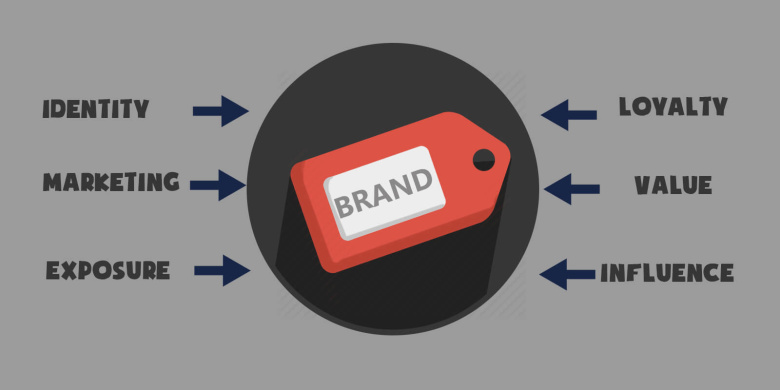
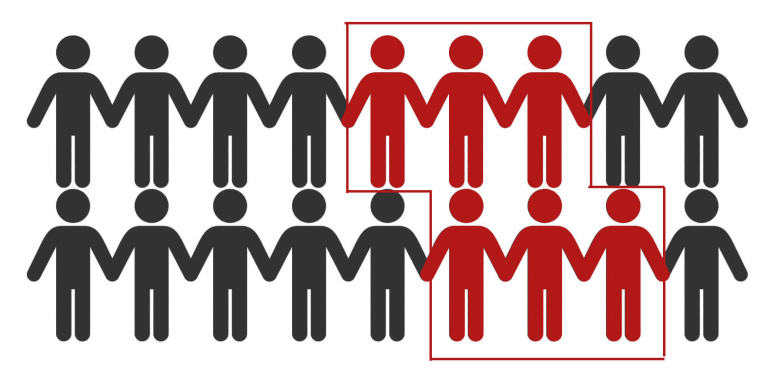
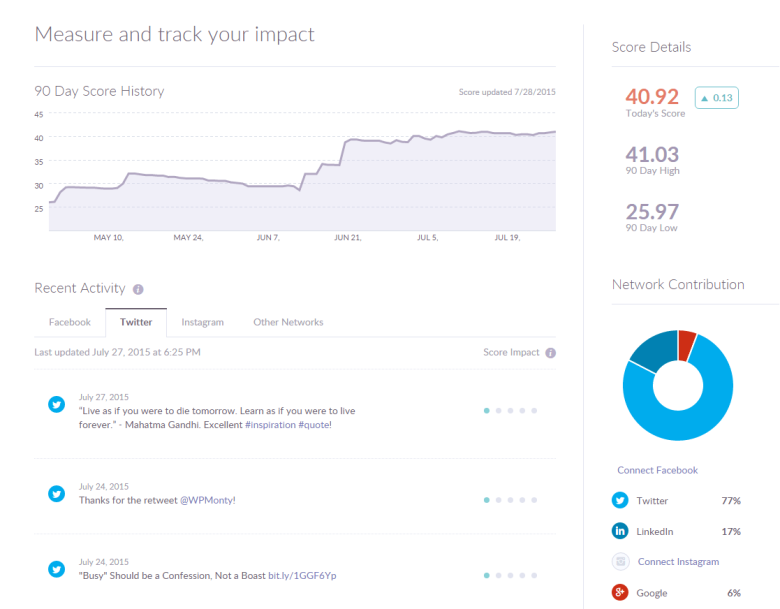

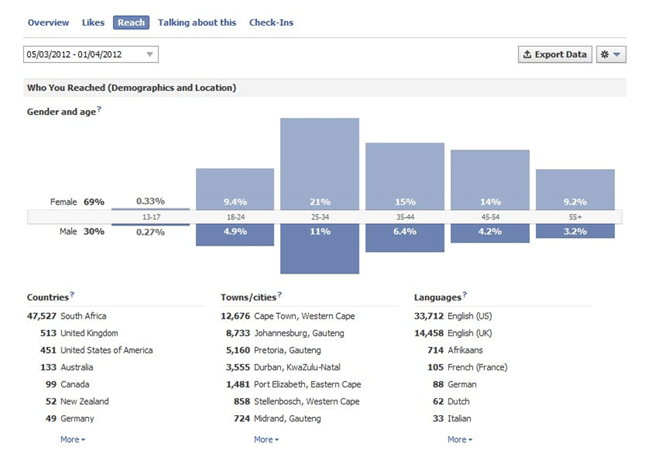
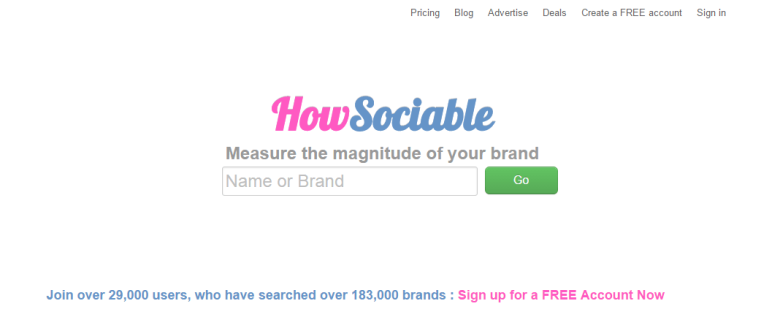
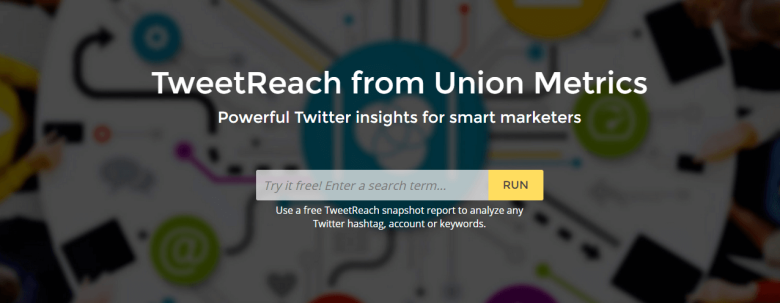
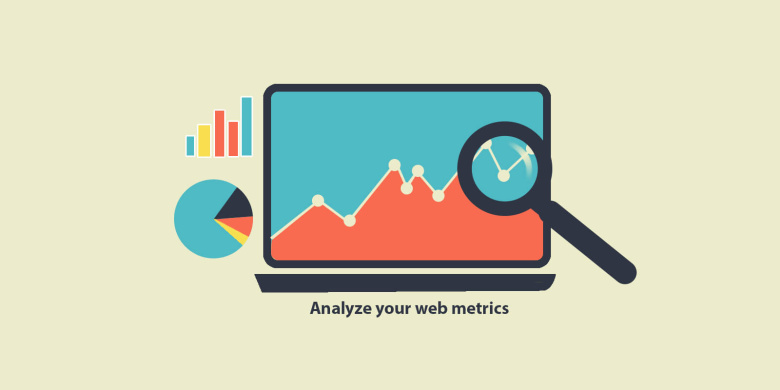
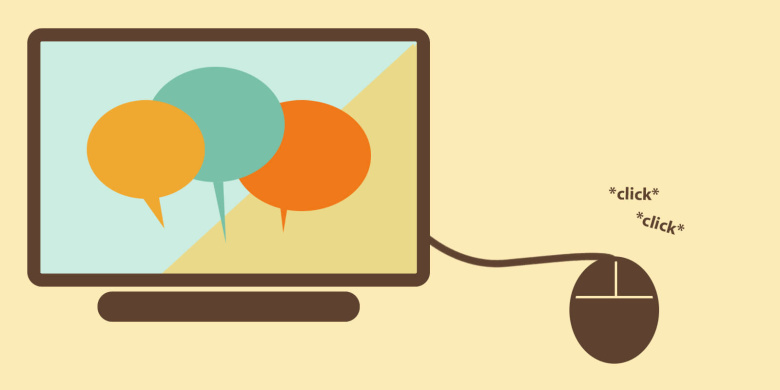
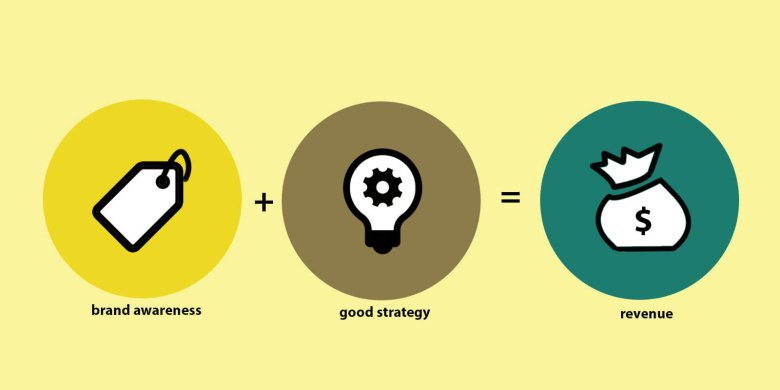







3 Responses
Hi Dave,
Thanks for including TweetReach by Union Metrics as a tool to use to keep an eye on branding awareness! We do also offer more comprehensive Twitter analytics, which anyone interested can learn more about here: https://unionmetrics.com/product/twitter-analytics/. (And we have plenty of resources for how to use that in conjunction with Twitter analytics to get the most out of both.)
Thanks again, and great piece on brand awareness!
– Sarah A. Parker
Social Media Manager | Union Metrics
Fine Makers of TweetReach, The Union Metrics Social Suite, and more